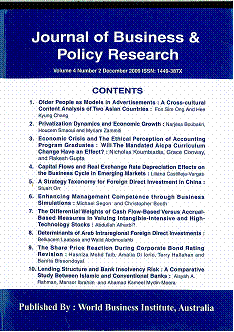December
2016

December 2016 (Journal of Business and Policy Research)
Total Articles - 11
